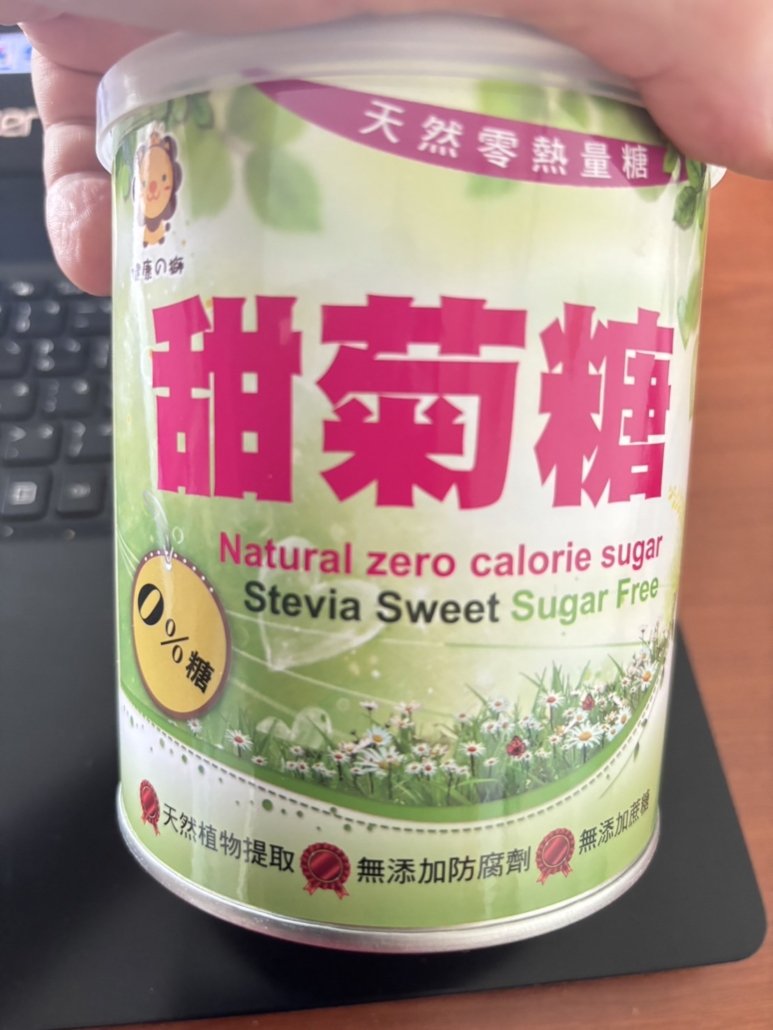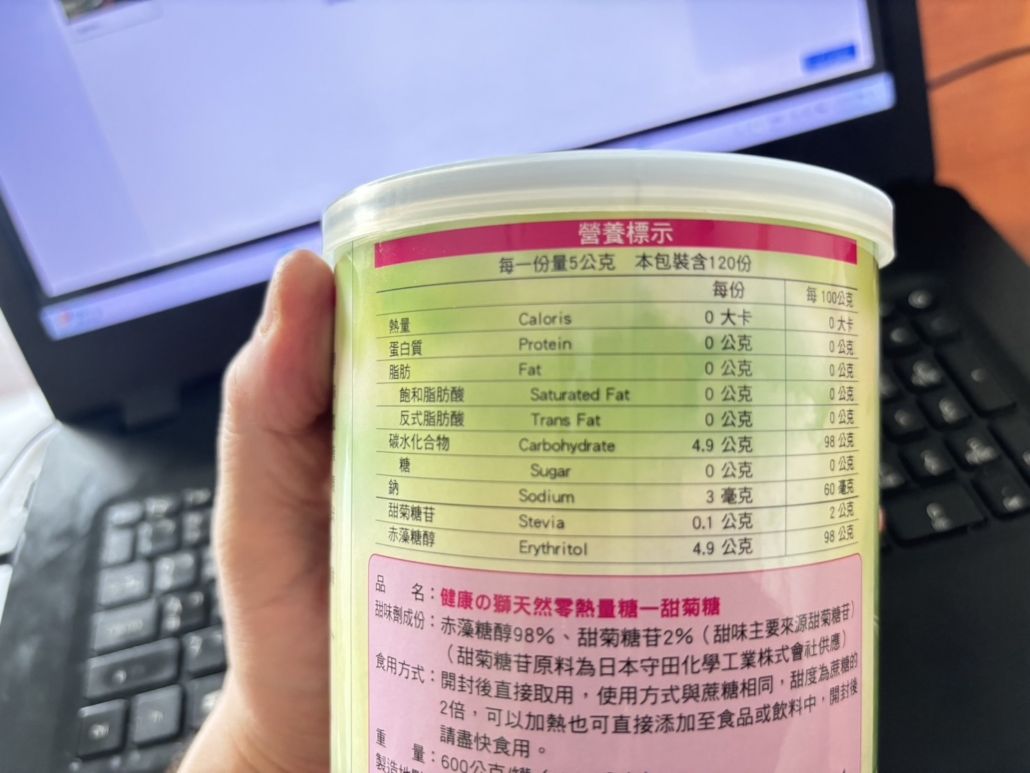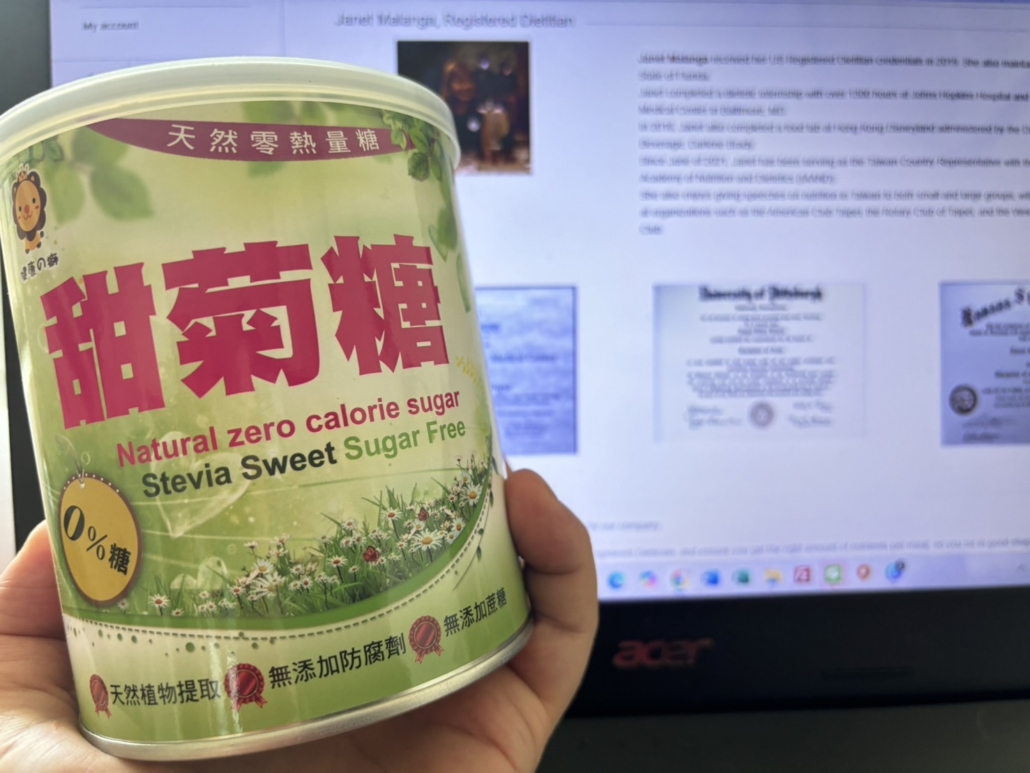Benefits of Using Stevia to Replace Sugar
by Janet Malanga, RD, LD
We can reduce the added sugars we eat via replacement stevia to improve our health. The American Heart Association recommends that daily added sugars consumption should not exceed 25 grams for women and children and 36 grams for men. It is also recommended that children under 2 years of age should consume no added sugars. Added sugars eaten in excess can increase risk for heart disease, cancer, and dental cavities, promote genes that increase fat-building in the liver, and are a non-nutritious contributor to our daily calorie count.
What is it? Stevia is a plant native to South America. Stevia is a natural, no-calorie sweetener ~200–400 times sweeter than sugar (sucrose). Stevia sweeteners are extracted from the stevia plant in a process similar to the extraction of sugar (sucrose) from sugar cane.
Stevia has been found to be safe in both adults and children. Stevia does not circulate in the blood after we eat it. It passes undigested through the small intestine into the colon where our bacteria living there can digest it. It is then excreted in our urine. Stevia has been used as a sugar replacement in Japan for over 50 years and in Paraguay for over 1500 years. Safety studies on stevia have shown eating foods with stevia does not lead to cancer, has no effect on fasting blood glucose or blood pressure, does not produce gastrointestinal symptoms (e.g., bloating, gas, diarrhea, nausea), does not induce allergic reactions, and does not affect growth in children. Many countries have recognized stevia as a safe food additive, including Brazil, all countries under the European Food Safety Authority (EFSA), Japan, South Korea, Taiwan, and others. There is a pending application with the US Food and Drug Administration (FDA) to place stevia on the Generally Recognized As Safe (GRAS) list as a food additive as well.
引用
-
How Much Sugar Is Too Much? American Heart Association. May 23, 2024. Accessed September 7, 2024. https://www.heart.org/en/healthy-living/healthy-eating/eat-smart/sugar/how-much-sugar-is-too-much#:~:text=Men%20should%20consume%20no%20more,or%20100%20calories)%20per%20day.
-
Kids and added sugars: How much is too much? American Heart Association News. August 22, 2016. Accessed September 7, 2024. https://www.heart.org/en/news/2023/05/23/kids-and-added-sugars-how-much-is-too-much
-
Dietary Guidelines for Americans 2020-2025.; 2020. Accessed March 29, 2021. https://www.dietaryguidelines.gov/sites/default/files/2020-12/Dietary_Guidelines_for_Americans_2020-2025.pdf
-
Geidl-Flueck B, Gerber PA. Fructose drives de novo lipogenesis affecting metabolic health. Journal of Endocrinology. 2023;257(2). doi:10.1530/JOE-22-0270
-
Chang CS, Yeh TS. Detection of 10 sweeteners in various foods by liquid chromatography/tandem mass spectrometry. J Food Drug Anal. 2014;22(3):318-328. doi:10.1016/j.jfda.2014.01.024
-
Samuel P, Ayoob KT, Magnuson BA, et al. Stevia Leaf to Stevia Sweetener: Exploring Its Science, Benefits, and Future Potential. J Nutr. 2018;148(7):1186S-1205S. doi:10.1093/jn/nxy102
-
Purkayastha S, Kwok D. Metabolic fate in adult and pediatric population of steviol glycosides produced from stevia leaf extract by different production technologies. Regulatory Toxicology and Pharmacology. 2020;116:104727. doi:10.1016/j.yrtph.2020.104727
-
Orellana-Paucar AM. Steviol Glycosides from Stevia rebaudiana: An Updated Overview of Their Sweetening Activity, Pharmacological Properties, and Safety Aspects. Molecules. 2023;28(3):1258. doi:10.3390/molecules28031258








